I don’t know about you, but after this long and tenacious winter, I look forward to getting outdoors as soon as the weather is warmer. Most kids love the natural world and what better way to introduce them to the wonders of nature than with a garden. Planting and watching things grow is rewarding, satisfying and good exercise. Don’t know where to begin? There are many wonderful resources and websites with specific tips and ideas for gardening with children. Before I list some of these sites, here are a few things to keep in mind:
1. Keep things simple. You don’t have to dig up your entire yard to reap the benefits of gardening. Start with a small raised bed or a large container or two.
2. Try fast growing crops such as lettuces, chives, radishes, spinach, herbs and the like.
3. Let your kids have a say in what they grow. If you’re trying to encourage them to eat more veggies, let them pick the ones they would like to try. I’ll bet they get excited about tasting them once they see them pop up in the garden.
4. Make weeding and watering part of the daily routine. That way you will keep the unwanted weeds under control and ensure that the seeds get a fair chance at sprouting. Always weed when soil is moist to avoid damaging roots of tender plants.
5. Check out the library for gardening books for beginners and children. 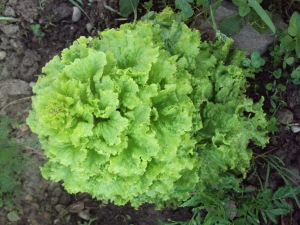
Make it fun! See whose seeds sprout first, whose veggies grow fastest, are tallest, etc. When it comes time to harvest, let the kids plan a meal using the fruits – and veggies – they grew.
Here are some great gardening sites to get you started:
Gardening with Children from Earth Easy
Ten Tips on Gardening with Kids from the American Community Gardening Association
Gardening with Children from the BBC This site tells you how to compost, cultivate earth worms, use beneficial insects for pollination and has many child-friendly activities related to gardening and the outdoors.
Stimulating Imagination in the Garden from Kids Gardening
My First Garden from the University of Illinois
Happy Growing – and eating! 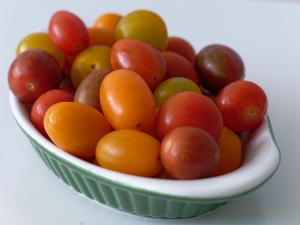


I don’t know about you, but I’ve had enough of winter and being confined indoors. Spring officially begins today and what better way to celebrate than to make something grow. You can start with a few pots of seedlings on a sunny windowsill. Chives, lettuce, spinach, radishes, parsley, or other herbs, all grow fairly quickly and are easy to care for. Red Ted has some wonderful ideas for spring planting. Try their SEED BOMBS http://www.redtedart.com/2014/02/12/how-to-make-seed-bombs-recipe/ and GRASS HEADS http://www.redtedart.com/2012/04/04/kids-crafts-grass-heads/ and watch your kids get hooked on making things grow. http://www.redtedart.com
As I stepped outside this morning, I was greeted by a sure sign of spring: Daffodils. Check out this photo from one of my flower beds. 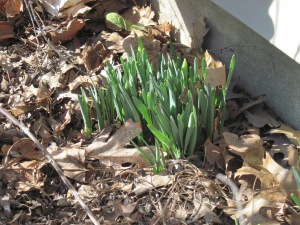 Happy Planting and Happy Spring!
Happy Planting and Happy Spring!


Tis the season for that beautiful insect that even bug hating people can’t resist…butterflies. If you want to lure these colorful creatures to your backyard, try planting MILKWEED. (see photo) Go to: http://www.monarchwatch.org to find out which varieties of milkweed will thrive in your area. The plants are easy to grow and come back year after year. You can also mix them in with your other flowers. 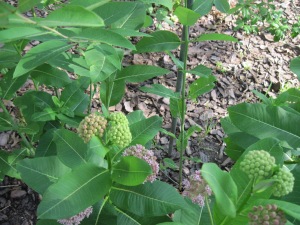 Your garden should be aflutter in no time.
Your garden should be aflutter in no time.
If you’d like to watch the MIGRATION of the Monarch butterfly, catch the IMAX film FLIGHT OF THE BUTTERFLIES IN 3D at a museum near you.


 What we see, hear, taste, touch, smell and do gives us six main ‘pathways to learning’. Young people are intensely curious and should be given the opportunity to use all of their senses to explore the world around them.
What we see, hear, taste, touch, smell and do gives us six main ‘pathways to learning’. Young people are intensely curious and should be given the opportunity to use all of their senses to explore the world around them.
The potential for learning is maximised if we use the powerful combination of visual, audio and kinaesthetic (doing) ways of learning as well as providing children with the freedom to be creative and informally learn through play. The value of learning outside the classroom is now forming part of many new educational initiatives, and the ethos of SSS’s work is to compliment and facilitate this. We can help you with our interactive theatre show, workshops and lesson ideas
The educational value of SSS means that it is addressing statutory curricular requirements within a cross-curricular and creative way.
• Literacy: Each story is designed to challenge and stimulate readers in early KS2. Imaginatively animated pictures alongside the text also allow younger children (KS1) to enjoy following and responding to the stories. Grammatical structure and use of developing techniques such as alliteration and metaphor provide extensions for engagement with the text.
• Science & Technology: The illustrations are designed to familiarise children with the name of a wide range of vegetables. The context for the stories relate to understanding the purpose, value and nature of plants, food and growing. Children learn how to grow their own seeds, and to understand what is needed to turn a seed into food. Linked to each seed type are accompanying recipes which connect plants with our diet, and allow children to explore the sensory qualities of materials, and healthy eating.
- SSS’s website is filled with interactive links so children can share experiences of growing seeds and making recipes. With links to facebook, twitter and a SSS blog site, children can share their experiences of reading, growing and cookery within a safe and secure environment.
• Art and Design: The books and website feature original artwork where characters and settings are created using an imaginative combination of collage and photography to create a visual storyboard which follows alongside the text. The images themselves introduce children to mixed-media art and design which lend to creative follow-up projects. Also featured on the website is a short animation film which could be transferred to school projects.
• Personal development: Children need to understand more about the world in which they live, and how they interact with the natural environment and its resources. Children build creative and independence skills through direct experiences of growing seeds and cooking, allowing them to become better problem-solvers, increasing confidence and self-esteem.
• Sustainable development: The need for our future generation to be aware of the need for sustainability is a priority in learning for life. SSS holds this principle at heart with all products used in producing the book and accompanying resources being sourced from sustainable plant materials. Children gain an insight into recycling, and alternative ways in which to produce materials without being harmful to the environment and to limit waste.
• Other curricular areas: Geography (interacting with the environment); and Citizenship, the books are designed to promote togetherness, reading together, planting together, cooking together and eating together a complete journey.







 What we see, hear, taste, touch, smell and do gives us six main ‘pathways to learning’. Young people are intensely curious and should be given the opportunity to use all of their senses to explore the world around them.
What we see, hear, taste, touch, smell and do gives us six main ‘pathways to learning’. Young people are intensely curious and should be given the opportunity to use all of their senses to explore the world around them.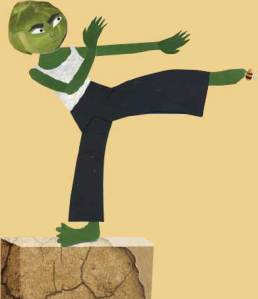
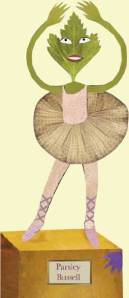
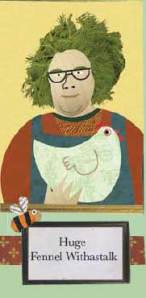
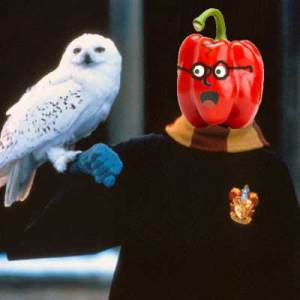


I will check into this. I tried planting fennel this spring to attract black swallowtail butterflies. A teacher friend told me about it. No luck this time around. But she said she gets the butterflies every year. Thanks for the link!
They are also attracted to our lavender plants. Thanks for your tip. I’ll try the fennel.